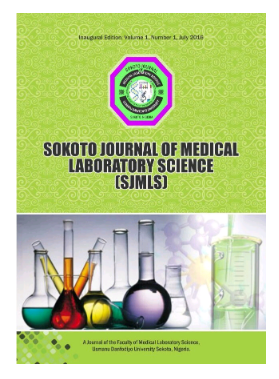Appraising Onchocerciasis Community Directed Treatment with Ivermectin: Problems, Progress and Prospects
Keywords:
Elimination status, Ivermectin (MectizanAbstract
Onchocerciasis is a disease complex caused by the nematode worm belonging to the Genus Onchocerca. Of the 34 species known, only Onchocerca volvulus (Nematoda: Filarioidea) is anthropophilic, others are zoophilic. Onchocerciasis causes dermatological and ocular clinical manifestations, loss in man-hour and disability adjusted life years. The Onchocerciasis Control Programme was established in 1975 in 11 participating countries succeeded in bringing the disease under control except in Sierra Leon due to internal strife. Ivermectin (IVM) was patented for human use in 1987 and generously donated by the manufacturer, Merck Sharp and Dohme (USA) to be distributed free of charge in endemic communities as long as required. This blazed the trail for public private partnership in disease control. The long-term treatment intervention has moved from control to eradication with a worrisome situation of under dosages, therapeutic and geographic under-coverage, diverse treatment compliance rates, and possible emergence of drug resistance. These factors may hamper the attainment of the set goal to break the transmission cycle and eventually eliminate the disease. Deciding when and where to stop treatment will depend on sustained active surveillance and monitoring of control strategy. Recently, IVM was reported to have direct macrofilaricidal action against adult O. volvulus worms found to be in deteriorating condition. The search for a macrofilaricidal drugs as an alternative is of high priority because sustaining CDTI remains a major challenge. A dire situation of low economic retum. on invest is disincentive for drug and diagnostic development for filarial and helminthic diseases an unattractive portfolio to big pharmaceutical and biomedical companies.




